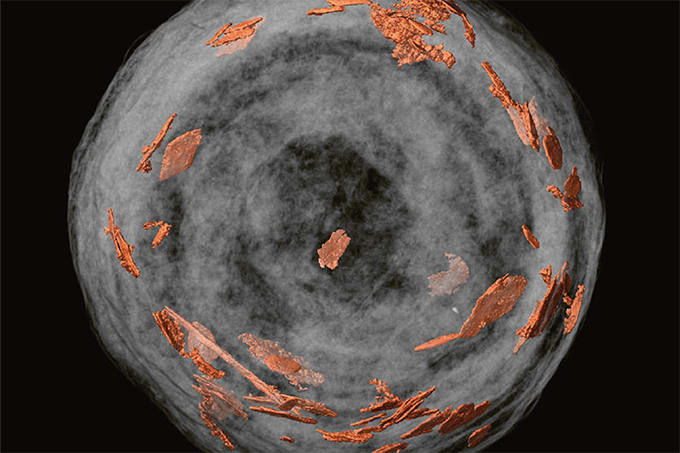
With Ulrike Krop, Team Leader Applications & Academy, KNAUER, wissenschaftliche Geräte GmbH, Germany
What current trends are shaping how labs approach preparative chromatography and purification workflows?
A major trend in laboratories is integrating sustainability into existing workflows and developing new, eco-conscious methods. In preparative chromatography and purification workflows, minimizing chemical and solvent use during sample prep and separation is key to reducing environmental impact.
Another challenge is increased sample throughput. Automation helps by reducing manual intervention and errors, but users need an intuitive, reliable software for this task. With time always a constraint, rapid method development and easy upscaling are essential. Stacked injections offer a solution to increase the sample throughput.
Finally, beyond system costs, chromatographic columns – especially specialized types like chiral columns – are expensive. Designing workflows that use them efficiently is critical to cost-effective purification.
What is stacked injection, and what are its advantages?
In traditional batch chromatography, each sample is injected separately, with the next injection delayed until the previous run is completed. However, as there’s typically a gap between sample injection and peak elution, this idle time can be used to inject the next sample – an approach known as stacked or nested injection.
This technique significantly boosts efficiency by reducing total run time and solvent consumption. It also maximizes column usage, which is especially valuable in chiral separations where costly stationary phases are involved. With stacked injection, columns with smaller ID can be used without sacrificing throughput.
Stacked injection also helps overcome common limitations in yield and resolution. Traditional runs may require low injection volumes to preserve purity and resolution, resulting in minimal yields. In contrast, stacked injections allow for repeated, controlled dosing of the same sample over a single extended run.
How does PurityChrom® 6 simplify stacked injection, even for less experienced users?
PurityChrom® 6 is an intuitive software platform designed for biopurification and preparative HPLC workflows. Its animated flowpath visualization enhances usability, aids method development, and enables intelligent fraction collection. Stacked injection is fully supported via a dedicated module. Users first perform a single injection to define the cycle time. The method is then divided into clear, manageable steps, making it easy to integrate into a sequence. A user-friendly dropdown menu further streamlines the workflow design, allowing even less experienced users to implement stacked injections with confidence and precision.
What makes KNAUER’s preparative HPLC systems especially well-suited for stacked injection workflows?
KNAUER’s preparative chromatography systems are highly modular and flexible, allowing for seamless upscaling and easy method adaptation. Each system is tailored to meet specific purification and scale-up needs, making it particularly well-suited for stacked injection workflows.
A crucial element of stacked injection is the injection system itself. KNAUER offers two fully automated options. Injection via an autosampler is ideal for method development or when working with a variety of samples. Alternatively, injection using a sample pump is better suited for larger sample volumes or when processing a single sample. In this setup, the sample is either delivered directly onto the column via the pump or injected into a sample loop connected to the injection valve.
Fraction collection is another key factor in stacked injection workflows. KNAUER provides a range of solutions to accommodate different sample volumes and throughputs. For smaller sample numbers, a simple fractionation valve may be sufficient. For higher sample numbers, a fraction collector or even a preparative liquid handler is more appropriate. The newly launched AZURA FC 6.1 fraction collector is a versatile and efficient choice for a wide range of sample collection tasks.
What use cases can you share that demonstrate the time or efficiency gains achieved through stacked injection?
We have published a TechNote that describes the workflow for setting up a stacked injection method (1). It includes details of the system configuration and explains how to implement the method step by step.
With minimal effort, we set up an exemplary stacked injection workflow and successfully separated our model substances caffeine and paracetamol. When comparing the time required for single runs versus stacked injections, we observed a 40 percent increase in sample throughput, which also led to a 40 percent reduction in eluent usage.
References
- Knauer, “Stacked Injection in Preparative Chromatography” (2025). Available at: http:// bit.ly/4kbMmpv.




